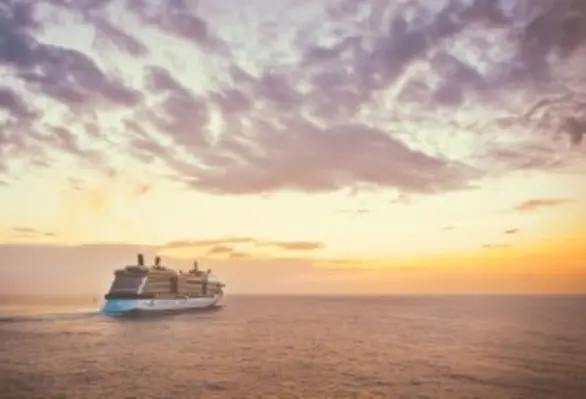 ?The median age of cruise passengers is 49? ? Cruise Lines International Association.
?The median age of cruise passengers is 49? ? Cruise Lines International Association.
Ask a typical twenty-something what springs to mind when you say ?cruise?, and chances are they?ll disparagingly mention old people, sun loungers and black tie dinners.
If, however, you ask them to expand on the experiences that a cruise might offer (multiple destinations over a limited timeframe, exotic locations, adventure sports), their responses are likely to be more enthusiastic.
Research tells us that millennial adults are tech-focused and like to travel abroad, but have limited free time, and crave new and meaningful experiences (which they share via social media).
If millennials are to ?choose cruise?, the industry needs to embrace their interests and rebrand traditional offerings. Here?s a few suggestions for making waves with a younger audience:
Solo-friendly
Single-supplement fees sound a death-knell for the solo twenty-somethings on a budget. Some cruise liners are beginning to embrace the concept of ?studio cabins?, addressing the spatial and social needs of young, single travellers. There is huge scope to do more, such as holding ?meet and greet? drink receptions for those travelling alone.
Short and snappy
Young travellers tend to take shorter, more frequent vacations: long weekends, city breaks and multiple destination holidays. European cruises are increasingly measured in days rather than weeks to cater for younger, time-restricted tourists and this practice needs to be evolved.
Generation Wi-Fi
Millennial travellers want to share their adventures, instantaneously. Lack of Wi-Fi, or exorbitant connectivity, is not only a block to millennial bookings, but wastes the gigantic ? and gratis ? marketing opportunity that social media presents. Peer-to-peer influence is a big thing, so making it easy for guests to show the world how much fun they?re having will give your reach a significant boost.
Complimentary Wi-Fi is, therefore, a must.

21st-century branding and advertising
Video now represents 78% of all web traffic. A recent Google study revealed two thirds of US consumers watched online travel videos when planning holidays. Percentages were higher the younger the demographic. These are all clear reasons why video should lead your content marketing strategy, especially if you want to attract young, media-savvy travellers.
Video is also the most shared content on Facebook, primarily between 18-34 year-olds, so cruise liners should definitely post native videos on social media ? the seven seas offer a wide world of stunning visuals, so make the most of what?s out there and broadcast it to your followers.
Influential outreach partnerships with travel vloggers should also be considered, i.e. inviting popular YouTubers to climb aboard and create a review of their trip, putting your brand in front of their audience. Authentic human stories and genuine experiences can create emotional connections that move us to make bookings.
Get active
Younger demographics demand activity. Many ships already offer on-board climbing walls, ice spas and zip lines, but this vision needs to be bigger and better. Think ?Facebook memories? and look to incorporate a surf simulator, or go a step further and offer scuba diving courses ? complete with free photography to ensure everyone shares their snaps.
Make it matter
Many younger travellers look to engage in ?social impact travel?, so it has become popular to offer packages that centre on humanitarian trips ? a mini gap year of sorts ? such as teaching in disadvantaged schools, or working on sustainable projects. This is a marketing opportunity with exponential growth potential, leaving a legacy of positive impacts.
If operators diversify their offerings and engage with young people via social channels, millennials will almost certainly ?choose cruise? more often.
For more information visit hurricanemedia.co.uk











